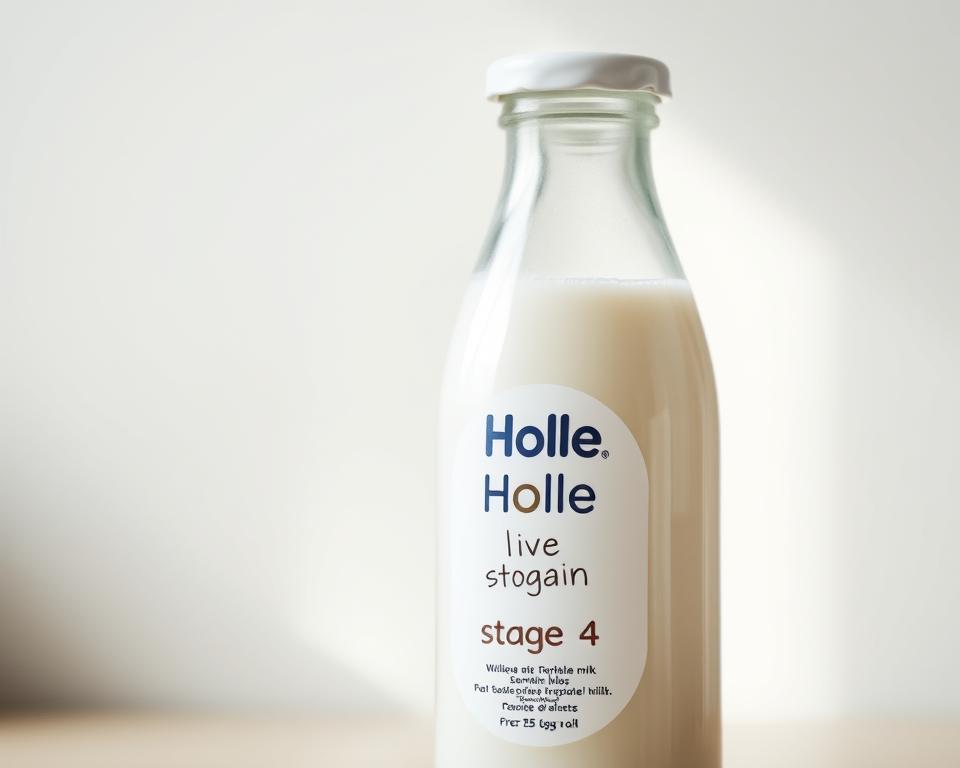Divine Protection Agency: Security Patrol Services in %city%
It’s surprising that robust security measures can cut crime rates by up to thirty percent in urban areas? These stats underscore the vital role trained security services play in defending properties. In the dynamic city of %city%, Divine Protection Services excels by providing top-notch security patrol services. Their highly trained officers are dedicated to superiority, ensuring the safety and peace of mind every community values. By choosing Divine Protection Services, you receive more than a simple theft-and-vandalism shield. You also join forces with a trusted entity focused on securing your most valuable assets when using %anchor1%.
- Professional security services can dramatically reduce crime rates.
- Divine Protection Services specializes in delivering tailored security patrol solutions.
- Seasoned officers improve community safety efficiently.
- Choosing the right security provider is essential for comprehensive protection.
- Commitment to excellence sets Divine Protection Services apart from competitors.
The Role of Security Patrol Services
Patrol services are crucial for keeping communities safe. In cities, where crime rates are often higher, these services become even more important. They prevent crime while boosting the sense of security among local inhabitants and entrepreneurs.
By patrolling neighborhoods and commercial areas, security officers raise visibility. This can dramatically reduce the risk of theft, vandalism, and other crimes. Their visibility reassures people, making the environment safer. In cities like %city%, these services are indispensable for daily operations and peace of mind.
Security patrols offer numerous advantages. They offer rapid reaction, instant action during incidents, and build trust with the community. These interactions motivate people to flag suspicious activities. Engaging a reliable security patrol service prevents crime and unites community spirit.
Having a professional security patrol service is key to a safe surroundings. It boosts safety and morale. These services are beyond mere visibility; they are a critical part of any safety and security strategy in a locality.

Comprehensive Overview of Divine Protection Services
Divine Protection Services is a top security patrol firm in %city%. It offers first-rate safety solutions, meeting a wide range of client needs. The company is focused on excellence, ensuring both the quality of its services and the safety of the communities it protects.
The hiring process at Divine Protection Services is rigorous. Only the most skilled security officers join their team. These officers receive in-depth training in customer service and emergency response. This equips them to handle various security challenges efficiently.
Divine Protection Services takes a personalized approach to security. They understand that each client has unique requirements. By tailoring their services, they showcase their dependability and focus on client satisfaction and safety.
Divine Protection Services is known for its quality and professionalism. This reputation has gained trust from businesses and individuals in the region. They are a reliable partner for all security needs.
Benefits of Patrol Officers
Many businesses and property owners see the benefits of hiring security patrol officers to secure their property. A strong security presence deters criminal activities. Seeing badged officers patrolling discourages theft and vandalism.
Rapid incident response is a major benefit. Security patrol officers are trained to handle emergencies effectively. They can respond swiftly to any situation, avoiding escalation and ensuring a safer environment.
Greater reassurance for property owners is a significant factor in choosing professional security services. Knowing that qualified officers are monitoring the premises offers protection. Property owners can focus on their daily operations without ongoing concern of threats.
Not all security guard companies offer the same level of service. Choosing Divine Protection Services gives clients customized security strategies that address unique requirements. This approach enhances the effectiveness of security measures, addressing vulnerabilities in various environments.
In %city%, Divine Protection Services offers customized security patrol services for the community’s diverse needs. They cover housing, commercial, and event security, ensuring each property is defended against risks. Their emphasis on local services allows them to tailor strategies to the unique challenges of different city areas.
Divine Protection Services creates bespoke patrol plans for each location. These plans address specific vulnerabilities, enabling preventive measures. Their use of local teams ensures they are familiar with the area, allowing for a swift response to threats.
| Service Type | Description | Target Sectors |
|---|---|---|
| Residential Patrols | Regular patrols in neighborhoods to deter crime and enhance community safety. | Residential |
| Commercial Patrols | Targeted business area patrols to secure against break-ins and damage. | Commercial |
| Event Patrols | On-site security services for various events, ensuring the safety of attendees and personnel. | Events |
| Emergency Response | Rapid response teams ready to address incidents as they arise. | All sectors |
For those seeking patrol security near them, Divine Protection Services’ know-how and local presence provide a more direct and effective security experience. Their commitment to public safety bolsters peace of mind and fosters a safer environment for all in %city%.
How to Choose a Patrol Company
Choosing the right security guard company is critical for effective protection of your premises. The company’s track record and expertise are central factors. It’s essential to research and find companies that meet your needs. Client reviews offer valuable insights into their reliability and effectiveness.
When evaluating companies, consider the services portfolio. Top patrol services include mobile patrols, event security, and risk assessments. This variety allows businesses to customize their security measures.
Posing the correct queries is vital when selecting a guard company. Ask for the training and licensing of their personnel. Knowing the qualifications of officers boosts confidence in the service. Companies like Divine Protection Services excel for their professionalism and high standards, making them a top choice in your area.
| Criteria | Importance |
|---|---|
| Reputation | High |
| Experience | High |
| Range of Services | Medium |
| Customer Testimonials | High |
| Officer Training | High |
Service Offerings
Divine Protection Services offers a range of security services to meet various client needs. Their mobile patrol security is a highlight, providing extensive coverage over large areas. This service ensures quick responses to any incidents, boosting general safety.
Event protection is another critical area, ensuring safety at gatherings. They focus on crowd control and risk mitigation, creating a secure environment for all. Whether it’s a business function, concert, or wedding, their team is prepared for any situation.
Residential patrols are also a vital service, increasing neighborhood safety and peace of mind. Commercial security assessments help businesses identify vulnerabilities. They then develop tailored security plans to address these concerns.
| Service Type | Description | Key Benefits |
|---|---|---|
| Mobile Patrol Security | Mobile officers patrol designated areas to enhance protection. | Improved response times and visual deterrence. |
| Event Security Services | Security for various events to ensure orderly safety. | Effective crowd control and risk mitigation. |
| Residential Patrols | Regular patrols in residential neighborhoods. | Increased neighborhood safety and peace of mind. |
| Commercial Security Assessments | Evaluation of security vulnerabilities in businesses. | Customized solutions to address specific security needs. |
Mobile Patrols Matter
Mobile patrol security is vital in today’s dynamic world. It offers flexibility, allowing security teams to respond to varied scenarios effectively. This versatility is key for both homes and businesses, ensuring they are safeguarded.
Visible patrols serve as a strong deterrent against crime. They can discourage criminal activity just by being present. Mobile patrols also respond quickly to incidents, boosting overall safety. This is essential for protecting vacant sites, monitoring public transport, and keeping events secure.
Divine Protection Services provides top-notch mobile patrol security in %city%. They use trained staff and cutting-edge technology. This ensures their services are both efficient and dependable, meeting the unique requirements of their clients.
Hiring Patrol Services
When you hire professional security services, you’re getting a comprehensive assessment at your security needs. You’ll receive a plan that’s tailored to meet those needs efficiently. Knowing the patrol process is key. It boosts safety and brings peace of mind.
At Divine Protection Services, transparency is a guiding principle. Clients get definite outlines about what services will be delivered, how officers will behave, and what to do in emergencies. This openness builds trust and ensures a strong partnership between clients and the company.
The process of hiring officers is comprehensive. It includes background checks and training to ensure only the best individuals are assigned to protect properties. Clients can be assured in the safety of their properties, knowing they’re in the hands of experts. In today’s world, where security is a top priority, choosing the right professional services is a critical investment.
How Divine Protection Services Stands Out Among Security Patrol Companies
Divine Protection Services sets itself apart by focusing on tailored solutions and rigorous officer training. This dedication to community engagement builds trust and dependability, essential for effective patrol services.
The company combines traditional patrolling with advanced technology to boost its effectiveness. This proactive strategy ensures safety and improves response efficiency. Clients receive a tailored security system that meets their unique requirements, embodying the pinnacle of patrol services.
Exceptional customer service is at the core of Divine Protection Services. They focus on building strong client relationships, enabling them to develop protection strategies that align with local needs. This commitment to client engagement sets them from competitors, cementing their leadership in the patrol sector.
The Bottom Line
Security patrol services are vital for ensuring safety and reassurance in %city%. Qualified security professionals prevent risks and create a secure environment for all. This is true for both residents and businesses.
Divine Protection Services excels for its expertise in security solutions. They offer more than just surveillance. Their approach includes proactive measures and rapid reaction, ensuring a protected space.
Choosing professional security patrol services greatly improves protection against threats. Divine Protection Services’ dedication to superior service makes them industry leaders. They are a trusted choice for security needs in %city%.









